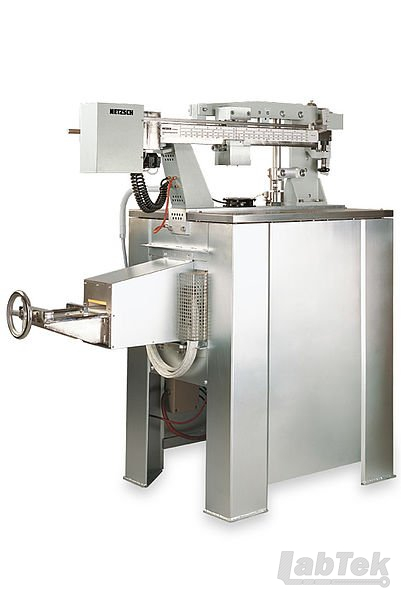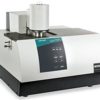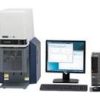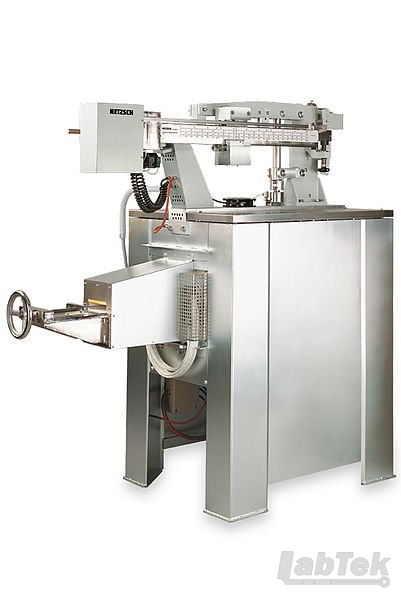HMOR 422 D/3
Apparatus for testing MOR

Modulus of Rupture (MOR) of refractory ceramics up to 1500°C
The modulus of rupture (MOR) is an important variable in the characterization of refractory materials. Determination of the maximum load at high temperatures is a property which, along with other thermophysical properties, is an important parameter for quality control and development of furnace linings.
The modulus of rupture is defined as the maximum stress a rectangular test piece of specific dimensions can withstand in a 3-point bending test until it breaks, expressed in N/mm2 or MPa.
The International Standard Test Method is described in ISO 5013;
test piece dimensions: 150 mm x 25 mm x 25 mm.
For determination of the modulus of rupture of refractories up to a temperature of 1500°C and a maximum load of 5000 N (60 N/mm2), NETZSCH offers the model 422 D/3. This model is designed for continuous testing with a 3-point bending device.
With optional devices for load and deformation measurement and/or constant deformation rate, additional information about the limits of elasticity and crack propagation in ceramic test pieces can be obtained.
The modulus of rupture model 422 E/4 is used to test small single test pieces in accordance with the 4-point load method with a distance between support edges of 40 mm. Inserting the test piece is simplified by the user-friendly split shell furnace (maximum temperature 1450°C). This unit uses a differential measuring system like that used by the RUL/CIC 421 for accurate determination of the test piece deformation.



